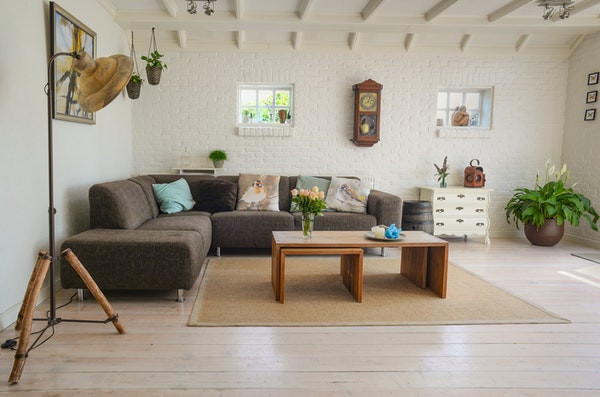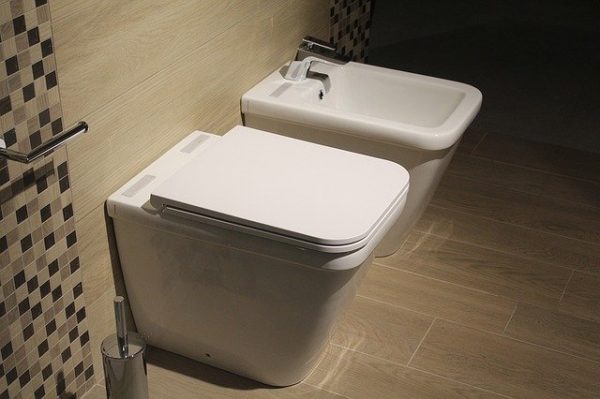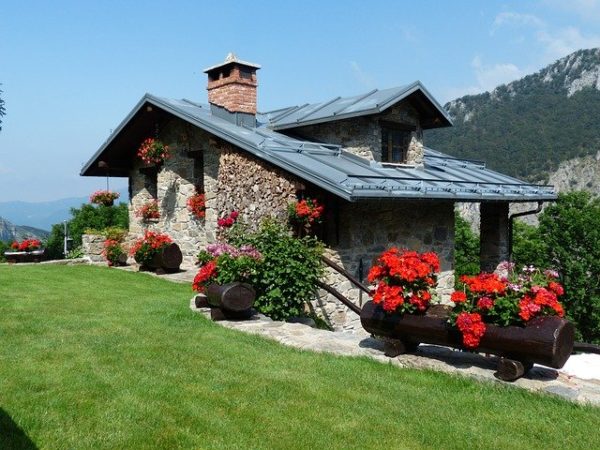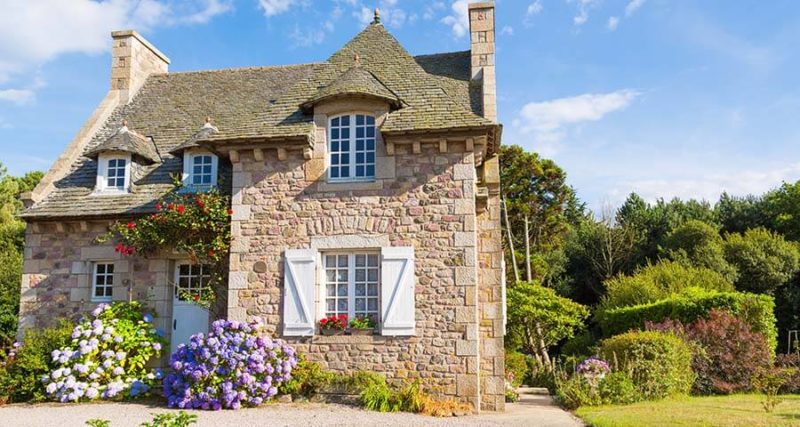What To Expect When Visiting a Traditional French House
French people are very welcoming. Don’t be surprised if you get a dinner invitation to your new French friend’s home. It’s a great honor and a fascinating experience. You’ll get to see the inside of a traditional French home. But are French homes very different from American ones? Do you need to be fluent in French to understand how French people live? Find out what you should expect when you visit a typical French home.
Personal Privacy at a French Home
One of most important differences between French and American homes is respect for privacy. The French have a view of the importance of privacy in the home. While Americans sense of privacy does include keeping strangers at a distance, that gap is noticeably shorter than in France. This is not apparent until you compare property design and landscaping.
American home design often includes windows facing the street. Meanwhile, French homes are often enclosed by walls, fences, or hedges, regardless of whether they are in or outside of towns. Curtains that may be open during daylight hours are closed at night. The French typically want to keep their family life private from their activities outside of the home.
This contrast between the French and Americans does not reflect on warmth or openness of the people of each country. It’s more of the French believing that everything has its place and the home is more private and generally for family.
Stylish French Furnishings
Before buying or renting a home in France, you may find that the place didn’t come with any furniture. That’s because landlords let French people bring their own design and taste into their home. Make sure you negotiate furniture if you ever decide to settle down in France.
French fashion is a very important part of everyday life. So, it’s natural that design and style found their way into the French home. When you’re visiting your French friend’s place, make sure you check out their stylish French furniture.

What to Expect in the French Bathroom
Naturally, whenever you’re traveling, using a restroom will eventually become necessary. In France, restrooms typically carry the signs “toilettes” or “WC.” Women’s and men’s restrooms are usually indicated by a picture. Every so often they will simply carry the letters “H” or “F,” which stand for “hommes” (men) and “femmes” (women), respectively. The more traditional signs for toilets have the sign “D” for “dames” (ladies), and “M” for “messieurs” (gentlemen).
In some areas, public restrooms are available, but you are better served by visiting a café or similar establishment to use its toilet. Of course, you should at least leave a small tip or order a beverage, as opposed to simply using the restroom and leaving.
The Bidet
Of course, the most French piece of bathroom furniture in a home is the bidet. This porcelain washbowl is the subject of many American jokes. Bidets are often seen in films and TV accompanied by jokes about what they are used for. Bidets are a place to wash your intimate parts. Most French home bathrooms will have a bidet for sanitary reasons

Toilettes à la Turque
Now this isn’t the nieces piece of bathroom you’ll learn about. But, if you’re traveling to France, it’s better to know than to be surprised. “Le lavabo turque” is basically a whole in the ground where you can do your business. While these are basically non-existent in cities, some places in rural France still have them.
The French Second Home
A common dream among the French people is to own a house and garden built to custom specifications. This can be a difficult goal to attain in towns and large cities. Local zoning ordinances restrict the types of material and building styles that may be used. Those who want to fulfill their dream of having a custom home often have to look outside of the French cities.
Many French citizens own or rent a primary residence in town while maintaining a second home in a rural area. Some have purchased these properties while others have inherited homes passed down by their family. Being close to family and their roots is a motivating factor in deciding on a second home location.

Recently, more and more people leave the French countryside to move to the city. The result of this has been that a large number of cottages and homes have become available in more rural areas of the country. Many of these properties are listed at reasonable prices. Both French nationals and foreigners looking for second homes have great real estate opportunities right now.
Apartments – The Preferred Home
Most homes in France, whether in a town or a city, are rented apartments. French streets are embellished with rows of four or five-story buildings with large doors made of wood or metal. These doors take you to the courtyard where you can then take the elevator or stairs to the apartments.
Before technological innovations, there was the “concierge,” or caretaker, a mythical and legendary figure in French culture and literature. She was usually a woman living on the ground floor and would take care of the grounds and assist with contacting the residents. She was the guardian and kept a close eye on all that came and went from the building.
Today, the intercommunication button connects you to the apartments. Just state your name or provide a code, and the carriage entrance, or “porte cochère,” will open. Remember the code, or prepare to wait!
The apartments can range from large suites to one-room apartments, which were perhaps formerly the “chambre de bonne,” or maid’s quarters. Kitchens are private and surprisingly small for a nation enamored with food. Wandering into your host’s kitchen to continue a conversation is not permitted in France. When you’re visiting someone’s home, it’s best to stay in the living or dining room where your host welcomes you.
Learn French to Fit in With a French Home
While it’s very hard to generalize the homes of all French people, there’s one thing that’s the same everywhere: they speak French in French homes. If you truly want to admire the French home, you need to learn the language. Fit into French society, and impress every French person with your knowledge.
If you want to learn French fast, the most fun method is with OptiLingo. This app gives you the most common French phrases, including useful vocabulary for the French home. Learn to speak French just like the locals do. Have fun and learn a new language with OptiLingo!







